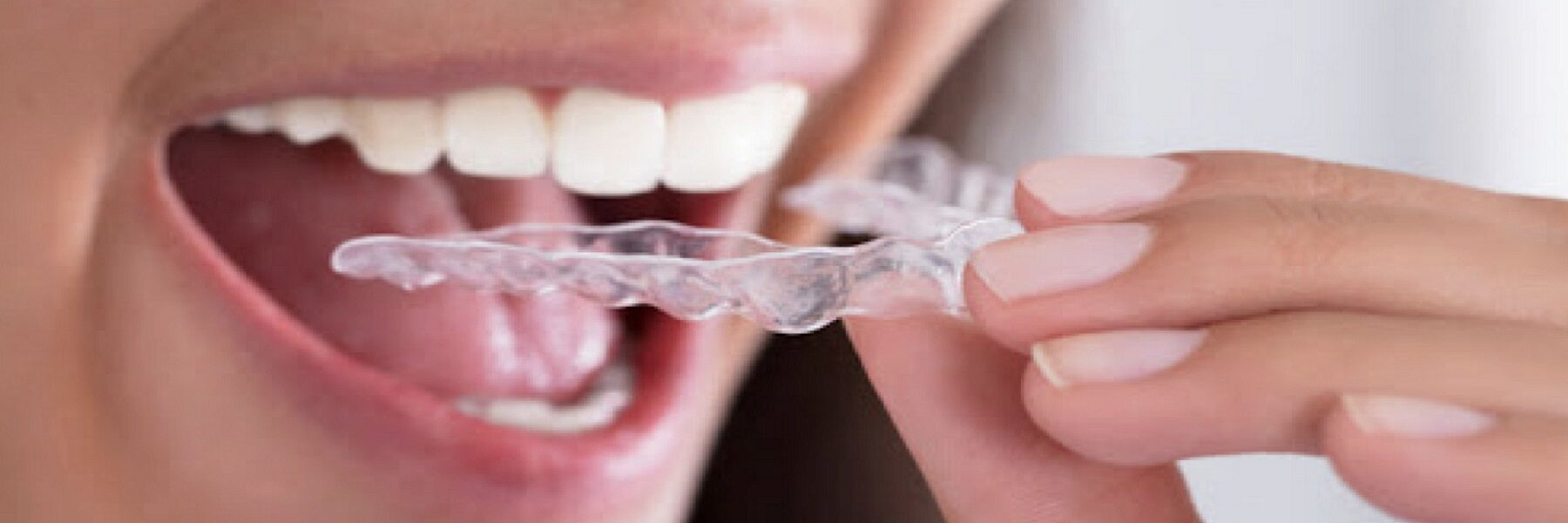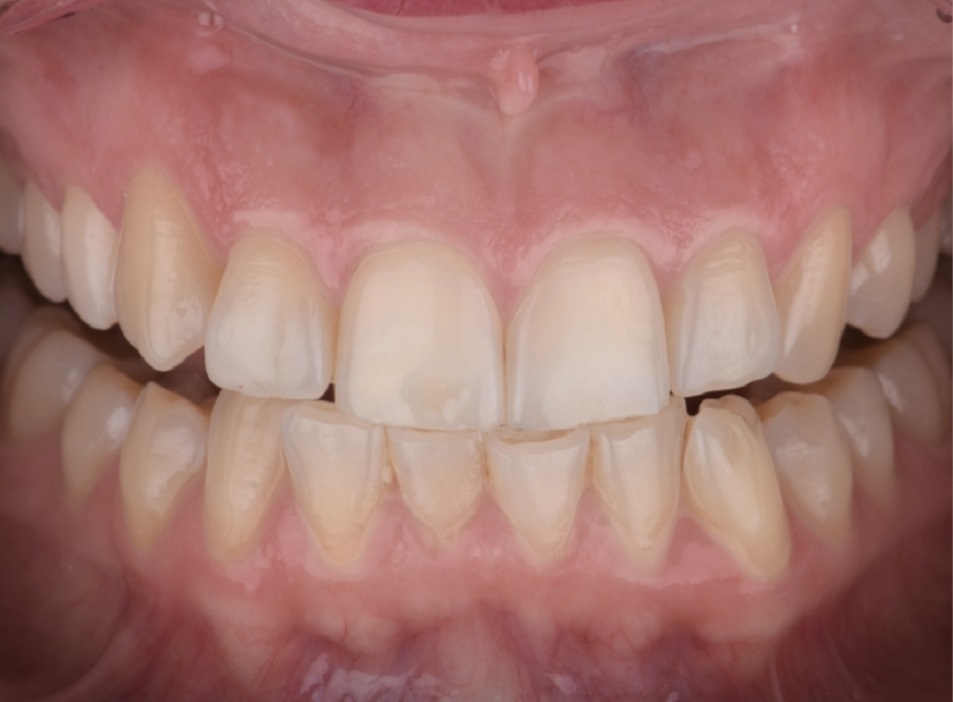The temporomandibular joint is a joint which connects the lower mandibula with the temporal skull bone. The temporomandibular derangement represents series of problems which include the chewing muscles, the temporomandibular joint, adjacent bone and soft tissue and combinations. The symptoms of the temporomandibular disorder are limited movements of the lower mandibula, joint clicking, pain in the posterior part of the lower jaw, ear or neck and deviation of the lower jaw while opening and closing the mouth.
Clenching or teeth grinding (bruxism), stress and anxiousness, and trauma of the lower mandibula or joint can be some of the reasons as to why this disorder appears. Common causes are worn down teeth and inadequate function of chewing, which often cause the decrease in the bite height and disbalance of the muscular and bone harmony of the head and neck. To adequately treat it, it is necessary to analyse all symptoms in detail and clinically and radiologically examine the head and neck area. We analyse the situation of the teeth, chewable load of each tooth and functional movements of lower jaw and activity of chewing muscles with functional diagnostics and therapy. It is possible to rehabilitate the damage and restore the harmony and health of your oral cavity with relaxation or stabilisation splints, and composite or ceramic veneers.











